Understand, how long is one second
Author:knowledge is power Time:2022.07.13
Article / Li Jian (Beijing Astronomy) Huo Zhihui (No. 1 Middle School in Jizhou District, Tianjin)
There is a famous saying in the ancient Chinese classic "Zhou Yi": "The people are used for daily use." In astronomy, many knowledge is the same. Everyone is so accustomed to it, and even forgets their origin with astronomy. The most typical of these is time. The day and night alternation, the lack of moon wheels, and the four seasons provided three suitable time units to the ancestors -day, month, and year, and in the end, all ancient civilizations confirmed the measurement method of the year, month, and day. Calendar. Furthermore, the "day" is divided into time, minute, and second, which is also a major step in the history of time measurement. And this step, humans have taken more than 3,000 years, and our story starts here.
From 36 -year -old to 12 hours
Before 1500 BC, the Egyptians had invented the schedule of the sun, and they divided the time between the sunrise and the sunset into 12 paragraphs. At night, the time is determined by astronomical observation. Specifically, with 36 stars or Xunxing, the sky is divided into a basic uniform 36 paragraph. Through the order of 18 stars, you can know the night time. Among the 18 stars, 3 stars are not easy to observe during the morning light and fainted period, and the 12 stars are completely used in the chronograph of the night. This is equivalent to dividing the length of the night into 12 paragraphs. In addition, at that time, Egypt invented the "water clock" for night timing, and the scale on the water clock was 12 equal points, which was equivalent to the leakage of ancient China. In the new kingdom of ancient Egypt (1550 BC to 1070 BC), the star watching chronograph system was simplified to 24 stars, of which 12 stars were used at night. From then on, the tradition of 12 sections of the day and nights was divided into 12 sections and a total of 24 sections a day.
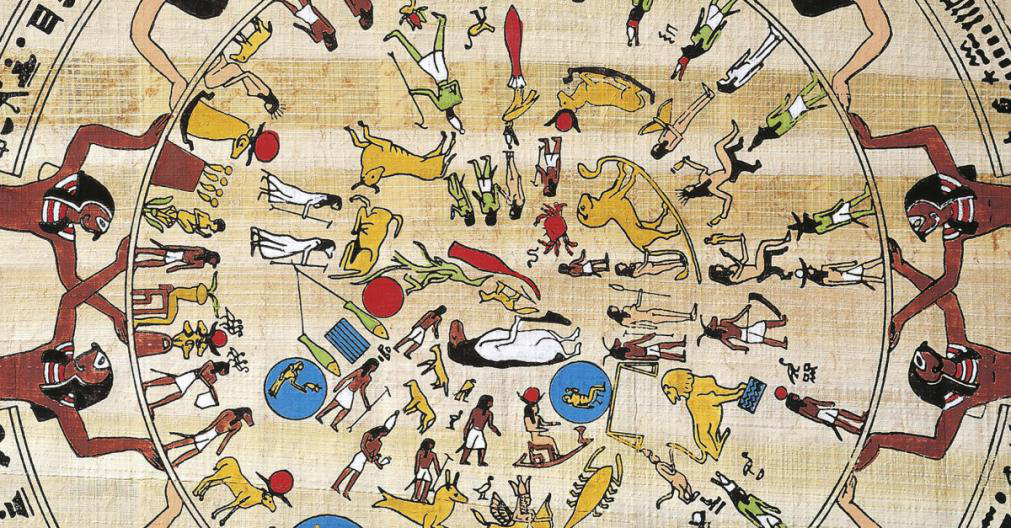
Astronomical pattern on the ceiling of the Temple of Hasol during the new kingdom of ancient Egypt. In the middle is the zodiac constellation, the character on the inner circle is the 36th star, they are the indicator of the night moment, and it may also be a god who participates in the ceremony.
However, because the length of the day and night changes with the seasons, the length of the two 12 sections during the day and night is neither fixed nor equal, but also changes with the season. Hundreds of years later, the ancient Greek astronomer Starcashus proposed that these two 12 sections can be fixed according to the day and night of the spring equinox (day and night), which can be divided into 24 sections a day. However, in the next 1,000 years, people are still used to dividing the time without waiting for a long time. At that time, the timing tools include Guida, daily 晷, omissions, hourglass, etc. Although the accuracy is usually only tens of minutes, it does not affect daily life. During the ancient Yin and Shang dynasties in ancient China, people were divided into 7 times from the day before sunrise to the sunset, and the night was divided into 5 times. Later generations divided it into five times and may start here. By the time of the Western Zhou Dynasty (for hundreds of years earlier), a uniform twelve hours of division had been established, and the middle of the midnight was used as the middle of the child, which corresponds to the 24 hours of today. After the Song Dynasty, each hour was divided into two, and it was equivalent to 24 o'clock. Later, the Republic of China adopted the 24 -hour system of the Gregorian calendar and the West. Each period was half of the traditional twelve hours, so it was called "hour". In addition, China had invented a fairly accurate leaky engraving during the Qin and Han dynasties, and divided it into 100 a day to make a 100 -engraved system.
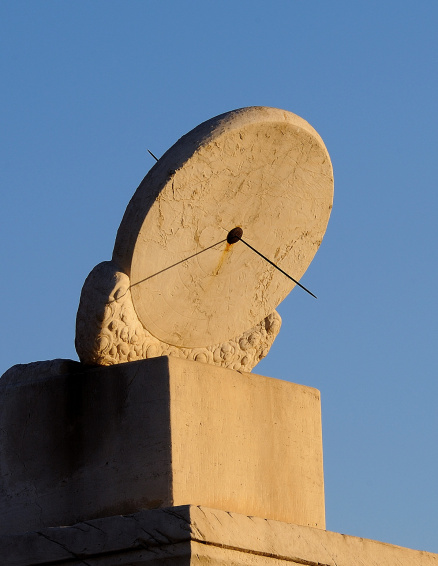
The sun in front of the Taihe Hall of the Forbidden City is divided into two sections of the early and Zhengzheng of the 12 hours. This division of way originated from the Song Dynasty.
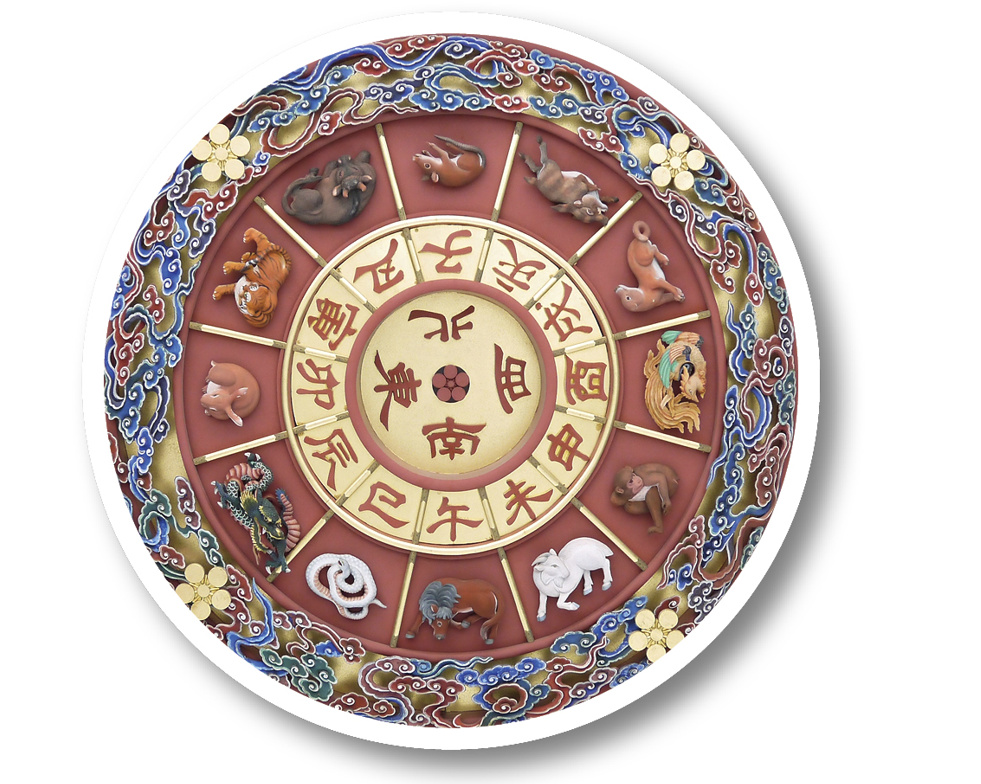
The sculpture of the Twelve hours of Tenmang Palace, Osaka, Japan (picture source/Wikipedia)
Twelve hours, hundreds of carvings, and five more systems have become an important part of traditional Chinese culture. It is particularly worth mentioning that the water transport meter invented by the Song Dynasty astronomer Su Song in 1088 AD, the daily timing error is only about 100 seconds, 400 years earlier than the clock of the same accuracy in Europe.
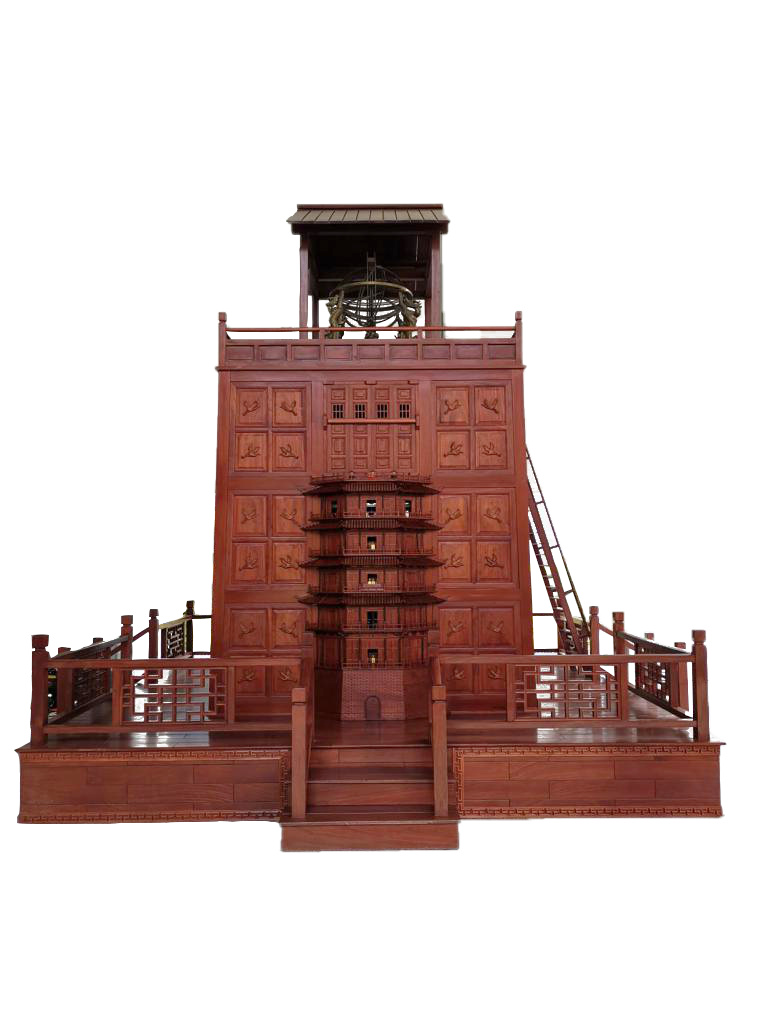
The water transport meter is driven by leakage water power. It is a large automated astronomical instrument that integrates astronomical observations, astronomy demonstrations and time -reporting systems. It marks the peak in the history of ancient Chinese astronomical instruments. It is known as the earliest astronomical clock in the world. The picture shows the recovered water transport meter model (picture source/National Observatory)
Can the mechanical clock in the Middle Ages be accurate until second
After the first appearance of mechanical clocks in the 14th century, the length of the hour was fixed, forming a average score 24 -hour system. People start to divide one hour into 60 minutes, divide them into 60 seconds in one minute, and the length of 1 second is 1/86400 days. This is the origin of "seconds".
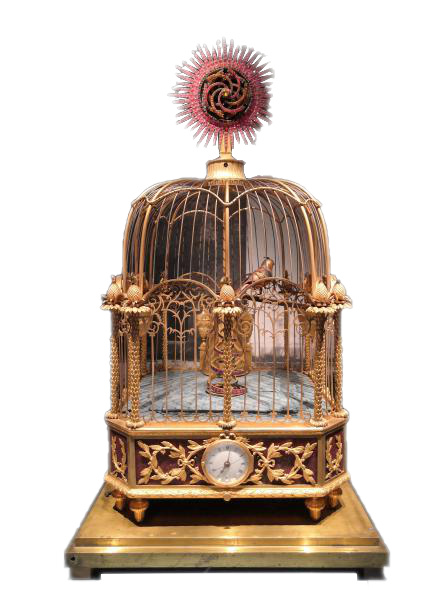
In 1783, the copper -plated flowers made from Switzerland passed the cage cage from the naked bird.
In 1550 AD, the mechanical clock surface appeared for the first time, and the timing accuracy began to reach the order of minutes. In 1675, the Dutch physicist Huachangs used the "equity" of the single to make the first swing bell, and the daily timing error dropped to about 10 seconds. In 1759, the British watchmaker Halison created a precise navigation clock, and the error did not exceed 1 second every day. For the first time on the mechanical clock surface, a second hand appeared. After more than 3,000 years and seconds of the invention, more than 400 years, people can finally measure the length of the second.
How long is the one second
After the industrial revolution, due to the rapid development of productive forces, whether it was business development, social activities or sending and receiving telegrams, people's requirements for timing were getting higher and higher, and accuracy began to break through the secondary order of seconds. At the same time, with the invention of accurate timing tools, astronomers found that the second length defined from astronomical observations was not uniform. Due to the ellipse of the Earth's rotation, the rotation speed is not uniform, the self -rotation rate is not uniform, and the time is fast and slow, resulting in the changes in the daily length of the year can reach two -second. In addition, due to the attraction of the sun, the earth, the moon, the tidal friction and other factors, the earth also has a tendency to slow down for a long time. On average, the daily length increases by about 1.6 milliseconds every 100 years, which leads to the second length defined by the "sky". Although its change is only one -ten -ten tenth, with the development of aerospace and military activities, the definition of the second length can no longer meet the actual needs. However, physicists have found that the electromagnetic wave frequency emitted or absorbed during atom transition is determined by height, and the atomic clock designed according to this can go extremely well. The definition of "atomic" seconds was specified at the 13th International Measurement Conference (CGPM): "Two ultra -fine energy levels located on the 铯 (133CS) atomic base state on the sea level jumped in zero magnetic field transition radiation oscillation 9192631770 Zhou's last time is a while at an atom ". This meaning replaces the second long definition of the day, which solves the unevenness of astronomical time. It is a revolutionary initiative. Chip -level atomic clock is considered to greatly improve the global positioning system (GPS) positioning capacity (picture source/Wikipedia)

The definition of atomic seconds is the beginning of a major change in the history of time standard measurement. Of course, for the convenience of people's daily life, people hope that the length of the seconds of the atom (or as close as possible) the average value of the astronomical seconds. When defining atoms, it is stipulated that the starting point of the atoms at zero time on January 1, 1958, that is, at that moment, the atom is exactly equal to the astronomical time (that is, the world of daily use). Operated by the atomic bell independently, when the atom is given. In fact, due to technical restrictions, the atoms were not adjusted at the time when they were completely consistent with the world, and the atom was 0.0039 seconds faster than the world. Now, this difference can only be retained as a historical fact.
Atoms are the most uniform timing system so far. Now the most accurate atomic clock in the world -锶 Atomic light lattice clock, the accuracy is equivalent to 16 billion years, it is not one second! At present, most countries around the world use atomic clocks to generate and maintain standard time. This is the "time benchmark". After that, the time signals are delivered to users through various means and media, including short waves, long waves, telephone networks, Internet, satellites, etc. This set of processes is called "time -granting system".
The rotation of the earth is an ellipse, the speed of rotation is not uniform, and the self -rotation rate is not uniform
However, in daily life, we are still inseparable from astronomical time (that is, the world). For example, in the fields of navigation positioning, astronomical land measurement and deep space detection, we still need to know at any moment (that is, the world time). The corner of the space. In this way, the year, month, day, and astronomical time of the atom need to maintain the atomic time. Whenever it is close to ± 0.9 seconds with the margin of astronomical time, it artificially increases or subtracts one second, called "jump seconds". So far, more than 20 jump seconds have been implemented, and each time it gives the atom 1 second, it is also called "leap seconds". This time system that contains jumping seconds is to coordinate the world.
When coordinating the world is astronomical, when it is atom in micro. In other words, the second hand in our watches beating at the frequency of atoms, but we must always be inseparable from astronomy. The significance of such coordination is that the gap between the two time will never exceed 1 second, which can make people's schedules consistent with the pace of natural rhythm. When coordinating the world, it is better to solve the uniformity of time, but in the computer age, some programs will bring some trouble because they cannot handle leap seconds.
This article comes from the magazine of "Knowledge is Power". The author Li Jian and Huo Zhizhi have deleted modifications and reproduced the source of indication.
- END -
Yanji Creation and arrangement of large -scale literary performances "Instead of Yanbian" will be unveiled in the opening ceremony

On July 11, at the press conference of the 70th anniversary celebration of Yanbian...
The Construction of the CPPCC system of the CPPCC system will be held
On June 24, the party's party style and clean government construction work conference was held. Hu Jie, Secretary of the Party Group and Chairman of the CPPCC attended the meeting and delivered a spee...